Invented by Brian Xiaoqing Song, Jennifer Elaine Hilvert, Min Mao, Dinah Achola Nyangiro, Brandon Michael Taylor, Procter and Gamble Co
Anionic surfactants are a type of detergent that helps to remove dirt and stains from fabrics. They are widely used in laundry detergents and other cleaning products due to their excellent cleaning properties. However, traditional liquid or powder detergents can be messy and inconvenient to use, leading to the development of dissolvable fibrous solid articles.
Dissolvable laundry pods are small, pre-measured packets that contain a concentrated detergent formulation. They are typically made of a water-soluble film that dissolves in water, releasing the detergent. The fibrous solid structure of these pods helps to contain the detergent and prevent it from dispersing too quickly.
One of the key advantages of dissolvable laundry pods is their convenience. Users no longer need to measure out the right amount of detergent or deal with messy spills. Simply toss a pod into the washing machine, and it will dissolve during the wash cycle, releasing the detergent. This convenience factor has made dissolvable laundry pods particularly popular among busy individuals and families.
The market for dissolvable fibrous solid articles containing anionic surfactants has also been driven by the increasing demand for eco-friendly and sustainable cleaning products. Traditional liquid detergents often come in bulky plastic bottles that contribute to plastic waste. In contrast, dissolvable laundry pods typically come in water-soluble packaging, reducing the environmental impact. Additionally, the concentrated formulation of these pods requires less water and energy for production and transportation, further reducing their carbon footprint.
Furthermore, dissolvable laundry pods offer precise dosing, ensuring that the right amount of detergent is used for each load of laundry. This not only helps to improve cleaning efficiency but also reduces waste and saves money in the long run.
However, it is important to note that there have been concerns regarding the safety and misuse of dissolvable laundry pods. These pods can be mistaken for candy or toys by children, leading to accidental ingestion. Manufacturers have taken steps to address this issue by adding child-resistant packaging and warning labels. It is crucial for consumers to store these products out of reach of children and follow the instructions provided.
In conclusion, the market for dissolvable fibrous solid articles containing anionic surfactants, such as dissolvable laundry pods, has seen significant growth due to their convenience, eco-friendliness, and precise dosing. As consumers continue to prioritize convenience and sustainability in their cleaning routines, the demand for these innovative products is expected to continue to rise. However, it is important for manufacturers and consumers to prioritize safety and proper usage to prevent any potential accidents or misuse.
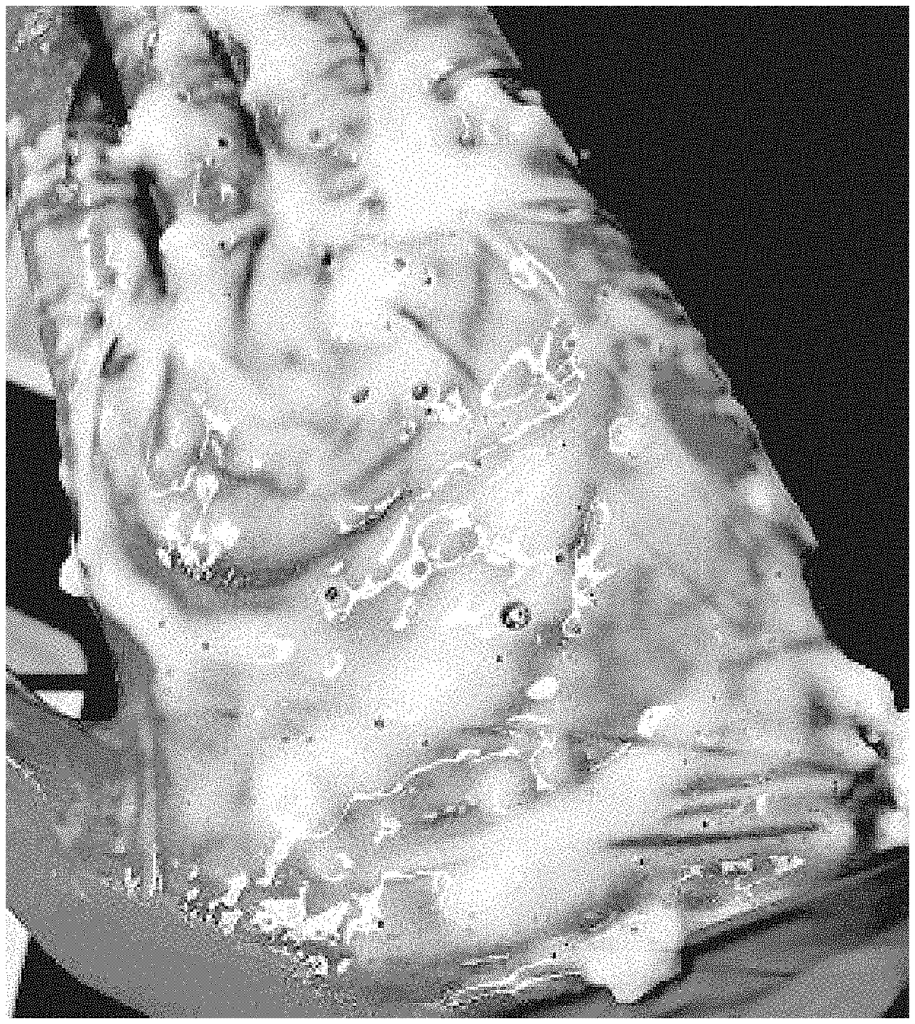
The Procter and Gamble Co invention works as follows
A dissolvable fibrous solid shampoo article containing fibrous elements. The fibrous elements may contain a polymeric structurint, surfactant and, optionally, a cationic Polymer. The fibrous product is essentially free of lamellar structure and has a hand dissolution time of less than 15 strokes.
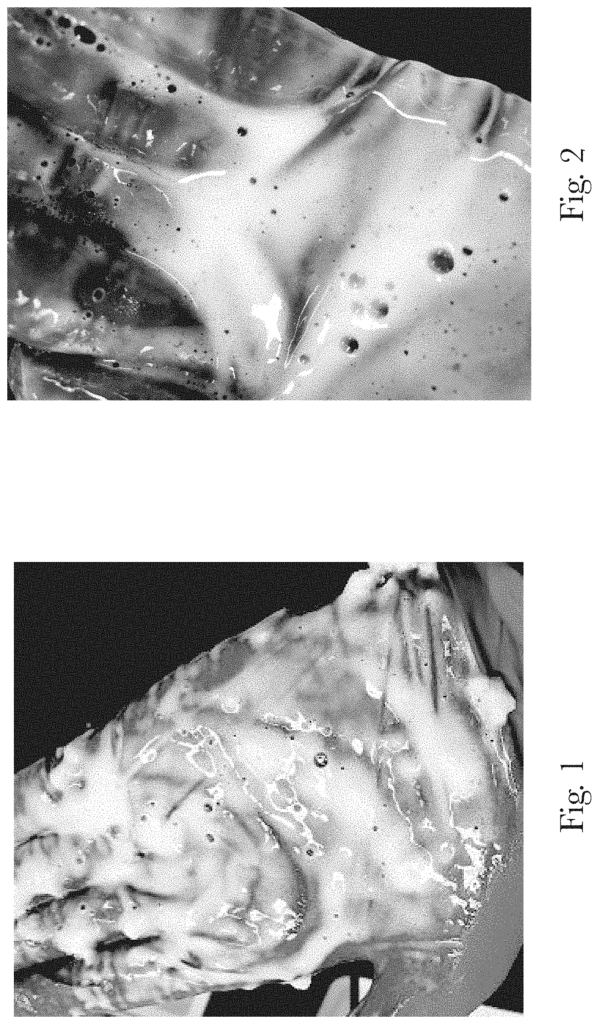
Background for Dissolvable fibrous solid articles containing anionic Surfactants
Definitions
Cationic Polymers
Formula AM
Formula CM
Extensional Aids
Optional Ingredients
Methods for Use
Product Types & Articles of Commerce
Exposure to trigger condition
Method of Making Fibrous Elements & Articles
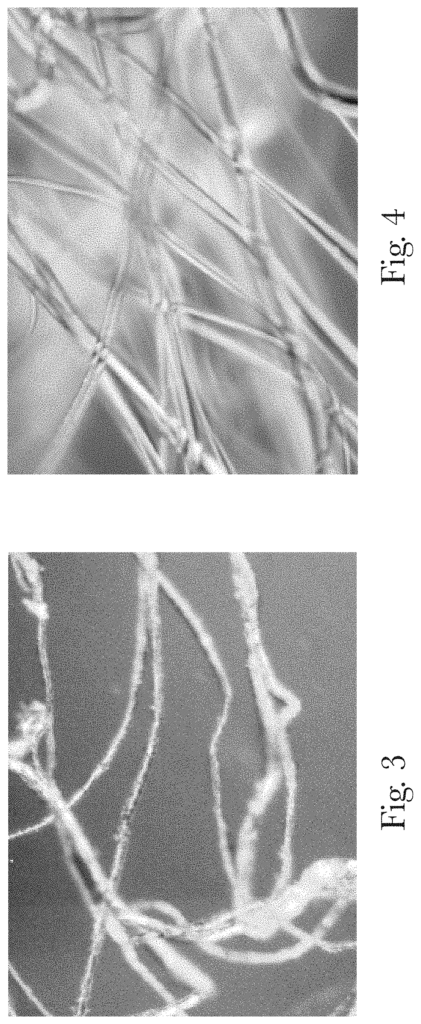
EXAMPLES
Test Methods
The “Basis weight Test Method
Charge Density Test Method
Diameter Test Method
Diffusion Coefficient Measurment
Fibrous Element Composition Test Method
Hand Dissolution Method
Materials Needed:
Protocol:
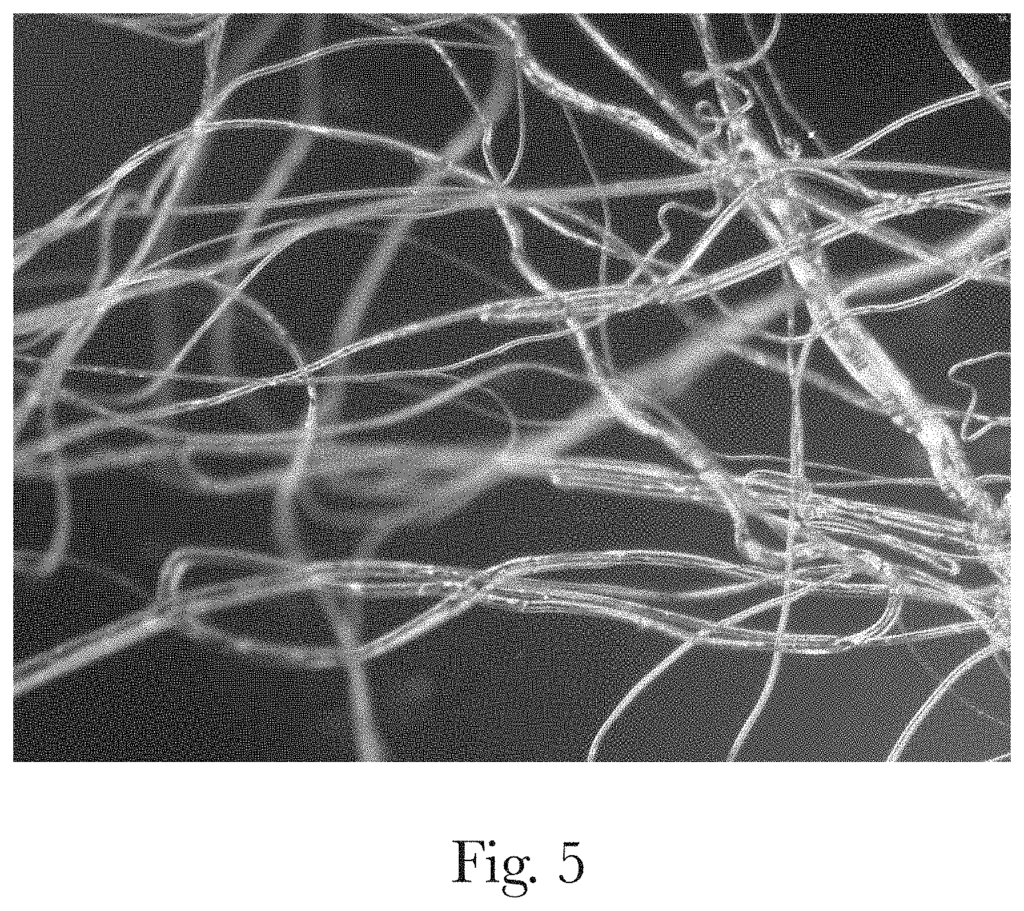
Lamellar Structure Test Method
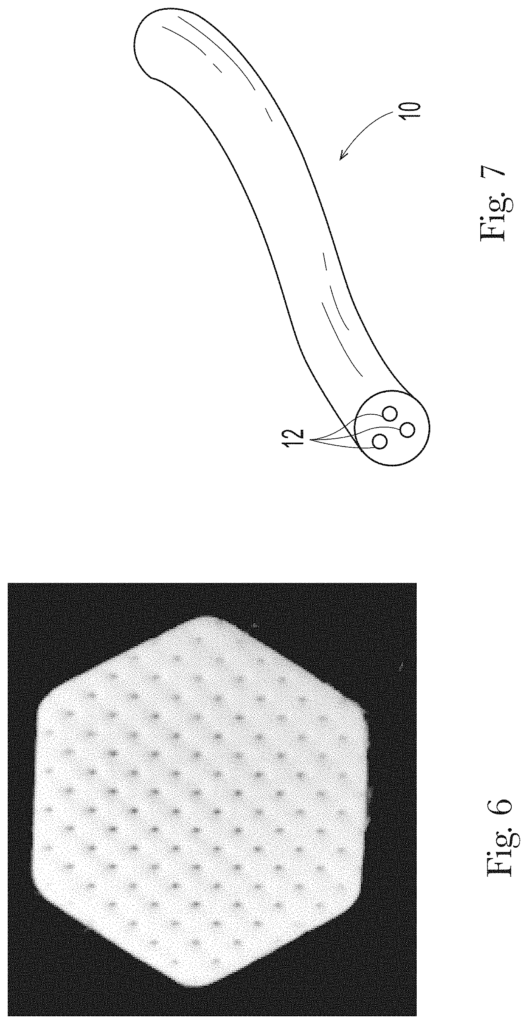
Click here to view the patent on Google Patents.
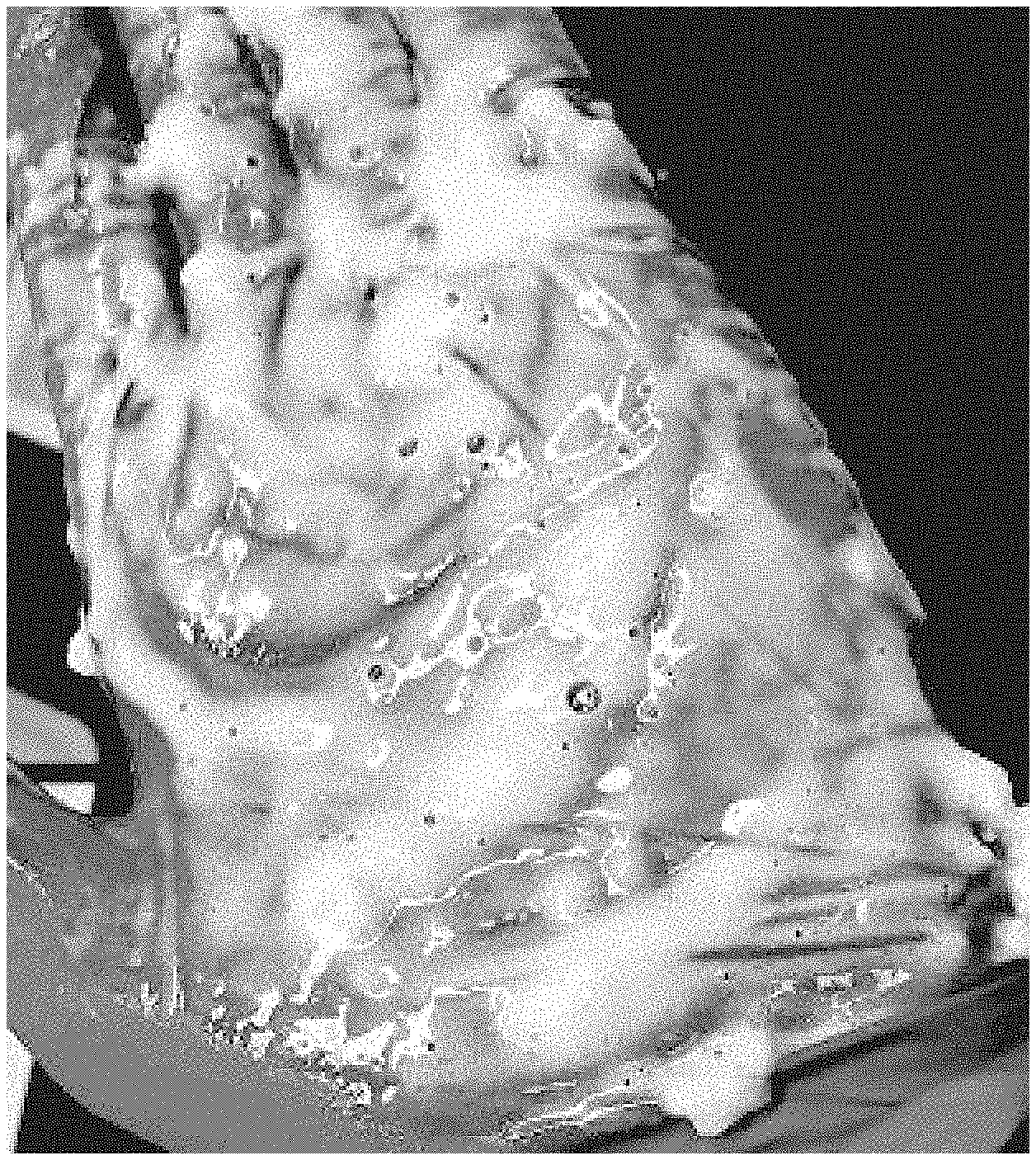
Leave a Reply